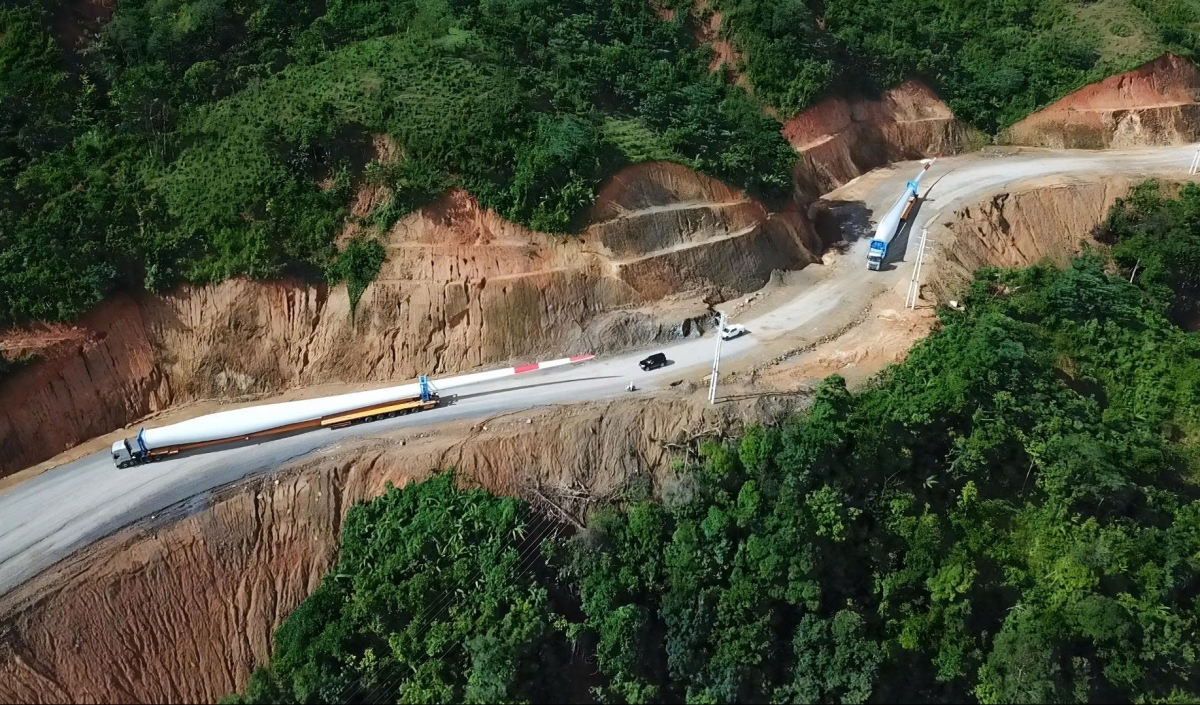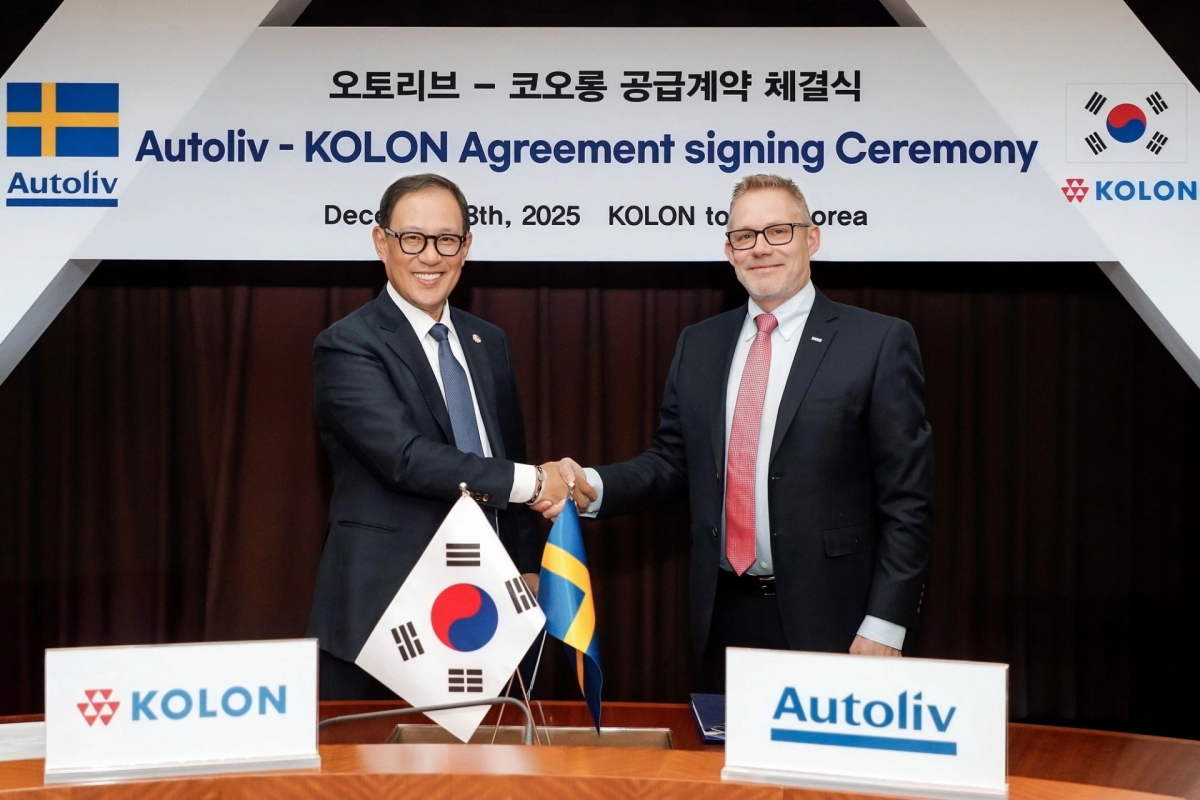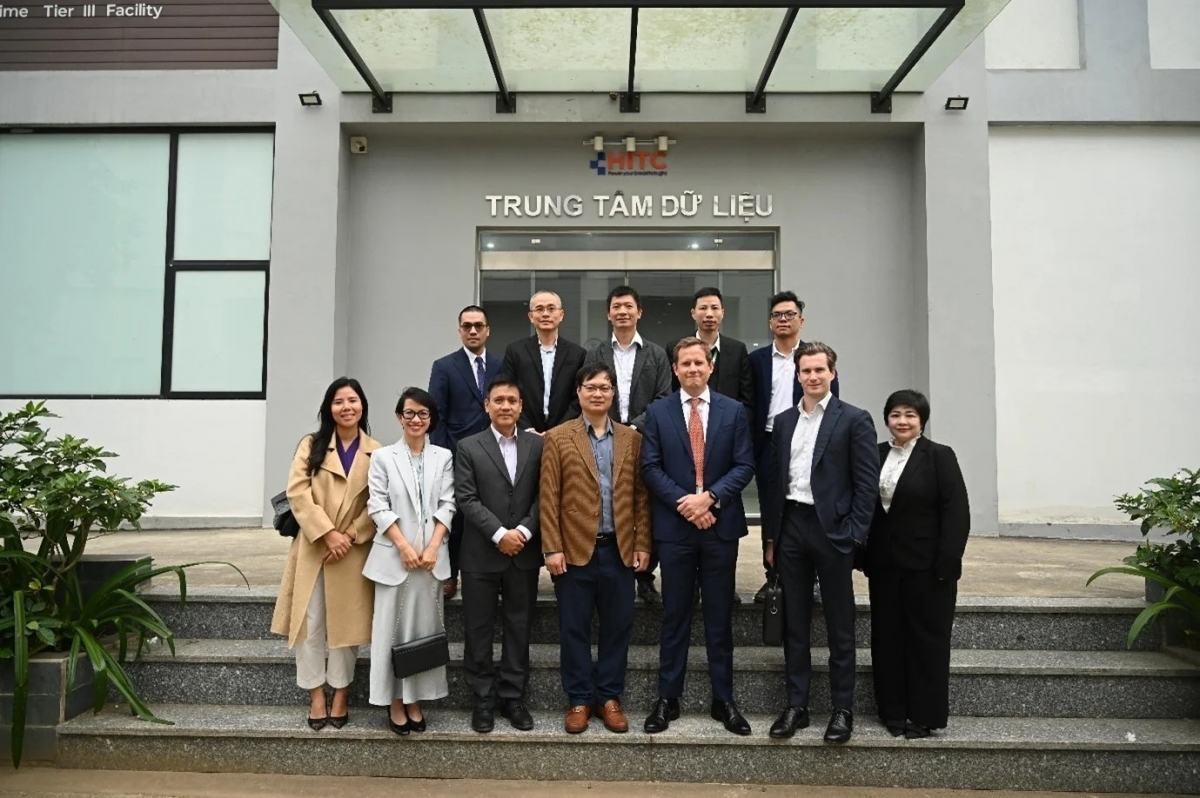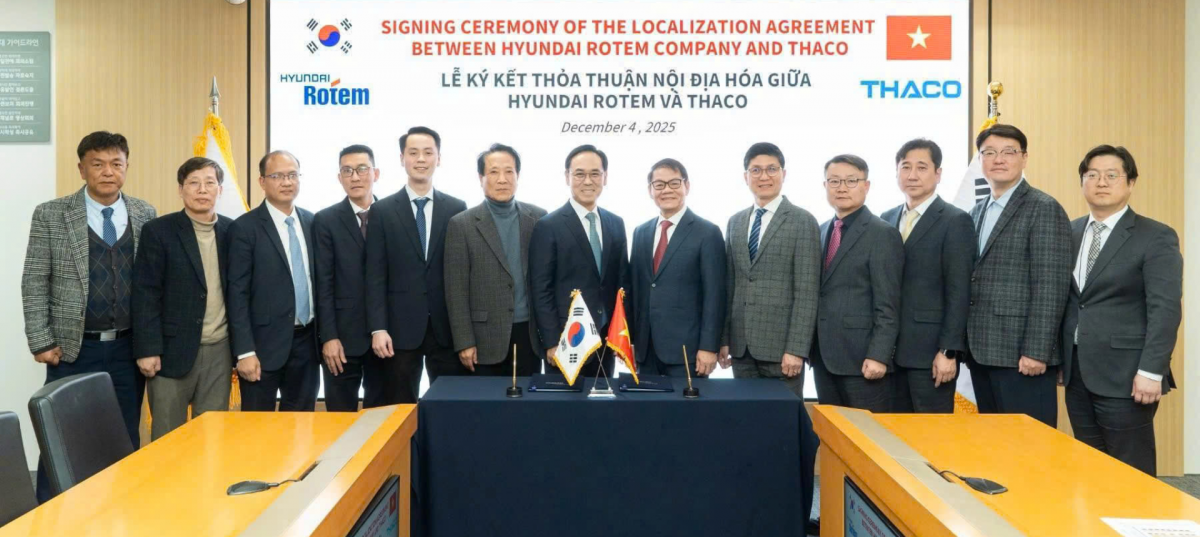INTERNATIONAL INVESTMENT
AND PORTAL
Japanese investors in Vietnam are recovering and expecting operating profits to improve towards 2022. Takeo Nakajima, chief representative of the Hanoi Office of the Japan External Trade Organization, discussed with VIR’s Bich Thuy the recovery path of businesses and investment trends in 2022.
Last year was challenging for most businesses. How have Japanese investors and companies performed here?
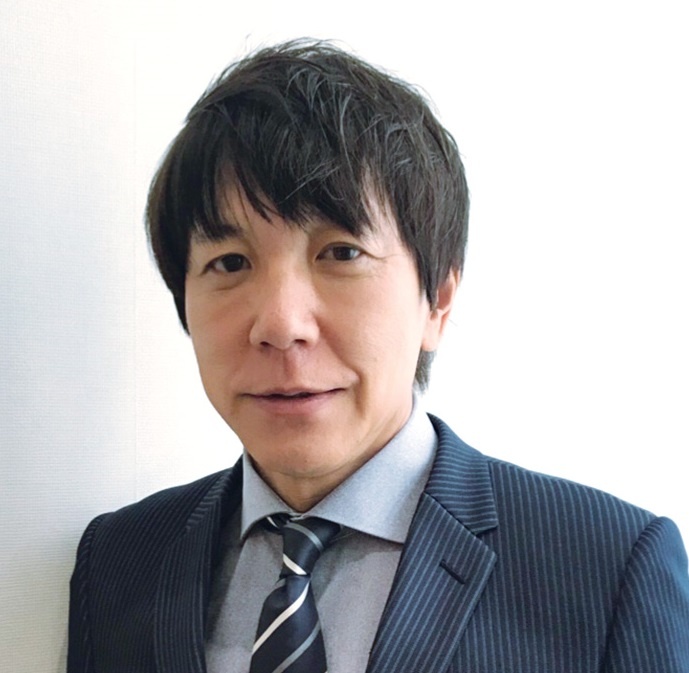 Takeo Nakajima, chief representative of the Hanoi Office of the Japan External Trade Organization
Takeo Nakajima, chief representative of the Hanoi Office of the Japan External Trade Organization
Last year was probably the most challenging for many Japanese companies in Vietnam. Before May, Vietnam managed COVID-19 quite effectively, but then the pandemic struck the north and then the south. Due to the lack of progress in vaccine rollouts, the third quarter ended in historic low growth of -6.2 per cent on-year.
The disruption of the global supply chain is not apparent in trade statistics. In 2021, from the first to the third quarter, Vietnam’s exports to the world increased 31 per cent on-year, and exports increased 19 per cent. The country’s exports to Japan increased by 11 per cent. Vietnam is essential for Japan as the ninth export partner and the seventh import partner.
The world’s foreign direct investment (FDI) excluding mergers and acquisitions to Vietnam decreased by 31 per cent in the number of projects and increased by 22 per cent in value on-year in the first three quarters of 2021. FDI from Japan ranks third by country in terms of both number and value.
Significant projects by Japanese companies include the O Mon 2 thermal power plant in the Mekong Delta city of Can Tho with an investment of about $ 1.3 billion, the joint investment by Marubeni and Vietracimex, and Rengo’s construction of a factory for corrugated boards in the northern province of Vinh Phuc. Meanwhile, Sumitomo Corporation will develop an industrial complex in the central province of Quang Tri.
The government has issued many policies to support businesses. How have the policies helped Japanese companies in their recovery?
Vietnam is vital in the global supply chain, and its production disruption would affect international production activities. From automobile parts to clothing, foreign enterprises produce many products in the country.
Foreign-invested companies, including Japanese businesses, praise Prime Minister Pham Minh Chinh’s leadership for abandoning the strict lockdown policy from July to September. The government shifted towards not stopping the economy as much as possible.
However, there is still no sign of convergence in the domestic pandemic battle, and thousands of people become infected every day. Foreign countries are providing vaccines and medical supplies and cooperating towards the development of therapeutic drugs and vaccines in Vietnam. In order not to stop production, investing companies are aware of the need to support the medical system of the investee country.
Now, it will be necessary to roll out booster shots and introduce a vaccine passport, together with normalising border traffic and responding to new mutant strains.
How has the Vietnam-Japan Joint Initiative contributed to improving the business climate in Vietnam during 2021?
Dialogues through various channels between the two sides gave Japanese companies a sense of security. There are dialogues between Vietnam’s Ministry of Planning and Investment (MPI), Ministry of Agriculture and Rural Development, Ministry of Industry and Trade, and Ministry of Information and Communications.
The Japan-Vietnam Joint Initiative, led by the MPI, held a kick-off meeting on October 21. In the eighth phase, 11 working teams cooperated on different issues. Both sides’ representatives will continue discussions moving forward.
In Phase 7, which ended in 2019, nine working teams advanced a 52-item action plan and confirmed 44 issues, leading to around 85 per cent progress.
In the eighth phase, the energy field, which is of great interest to the Japanese, will be newly taken up. The best mix of power sources is a hot issue for the working groups. In addition, the team working on innovation will initiate to share know-how from the Japanese side. The discussion covers policies and legislation. Another team will work on advanced human resources to close the gap between the human resources required by Japanese companies and the supply in Vietnam.
What business and investment trends in 2022 among Japanese groups do you foresee, especially with the enactment of the Regional Comprehensive Economic Partnership (RCEP)?
According to a recent survey of the Japan External Trade Organization, 56 per cent of Japanese companies in Vietnam answered that “operating profit will improve” towards 2022, recovering to the highest level in ASEAN. Japanese companies in Vietnam will review the supply chain, promote digitalisation and automation, and shift to high value-added products while localising human resources and promoting Vietnamese ones.
There are still many challenges, including rising wages, complicated customs clearance procedures, and low local procurement rates.
Both the domestic COVID-19 situation and the recovery of the world economy influence Vietnam’s economy. Global resource prices, such as crude oil, and semiconductor shortages are concerns. The United States and China impact Vietnam significantly. The US is recovering towards 2022. China’s growth is likely to be slightly undermined by domestic financial and electricity problems.
Vietnam has already enacted several agreements with Japan. The entry into force of the RCEP may intensify competition between domestic and imported products, but the cumulative provision will reduce the cost and lead to a new supply chain in the region.


